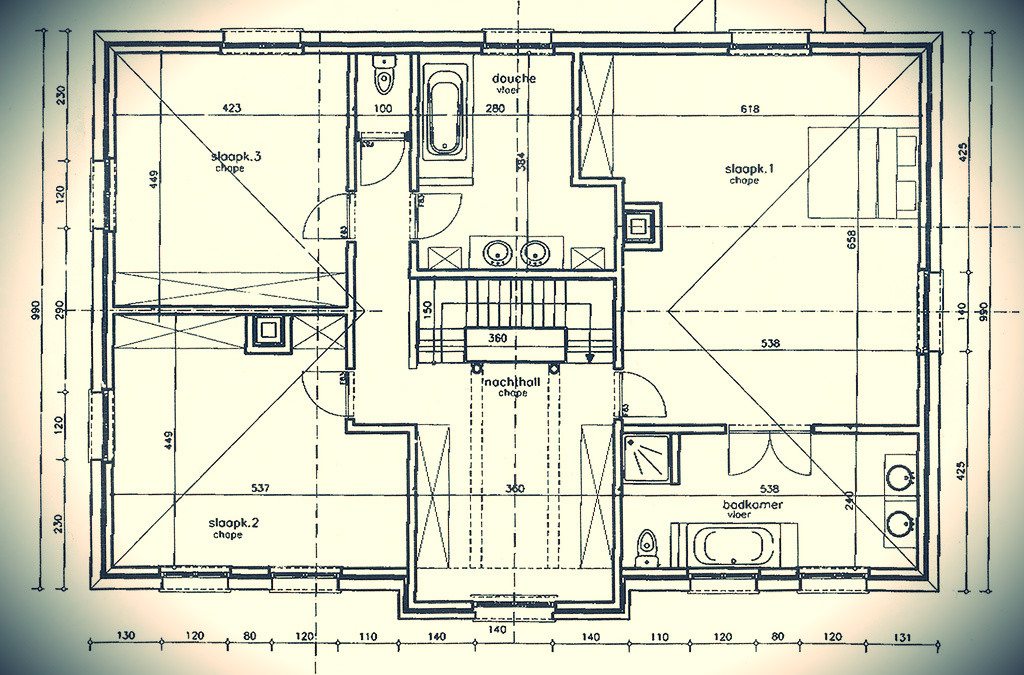Your Site’s Architecture
You’ve already seen how to use the starter ingredients in a live, networking situation (Review Lesson 3). Now let’s look at how to serve up these messages in other ways.
The whole reason you signed up for this course was so that you could rock your website or blog, so let’s start there.
Assignment: On a blank sheet of paper outline the architecture for your website.
You’ll have a home page of course. But what other pages do you need and why? What will be the objective of each of those pages (what will be your call to action)?
Now look at your starter recipe, and letter to your ideal client and map each of those to a page, or pages. Your starter recipe will most certainly begin on your home page and continue through to an About page, or a Hire Me page. Take your draft and see what the most logical format is and apply as appropriate.
You can repeat this process for any marketing collateral: brochures, ads, even tweets!
The challenge with applying this to smaller “real estate” items (like a tweet), is that you need to focus heavily on the WHY and the call to action. For example, let’s say you just wrote and blog post and you’d like to share it with your followers. You DON’T want to just say, “Here’s my lastest post: http://bit.ly/xpwt.” That doesn’t say anything at all to your target audience.
If you’ve written your blog post for your ideal client using the starter recipe, then your post will contain elements of your message that you can use to connect with your audience in a tweet. And your tweet should say something like, “How to Solve X in 3 Easy Steps: http://bit.ly/xpwt.”
Now there’s a reason for your ideal client to click through and read your post. AND if they like it and find it relevant, they may share it with their networks as well.
Here’s a quick test: What was the call to action in that tweet?
That’s right: it was an implied call to action of “click here” — implied by the URL that was included.
Assignment: Outline the other bits and pieces you want to add to your marketing pantry.
Keep in mind who your ideal client is, where they hang out, and how you can get in front of them. Do they read the newspaper? Then you’ll need to get an article about you published in the paper, right? If they are more the internet-type, where do they surf? Are there any online forums or bigger blogs they visit on a regular basis? If so, you need to be there, too.
If you feel like you could use some help with this particular lesson, let’s talk. All you need to do is shoot me an email and let me know what challenges you’re having. I’ll get back to you right away and we’ll take it from there!

